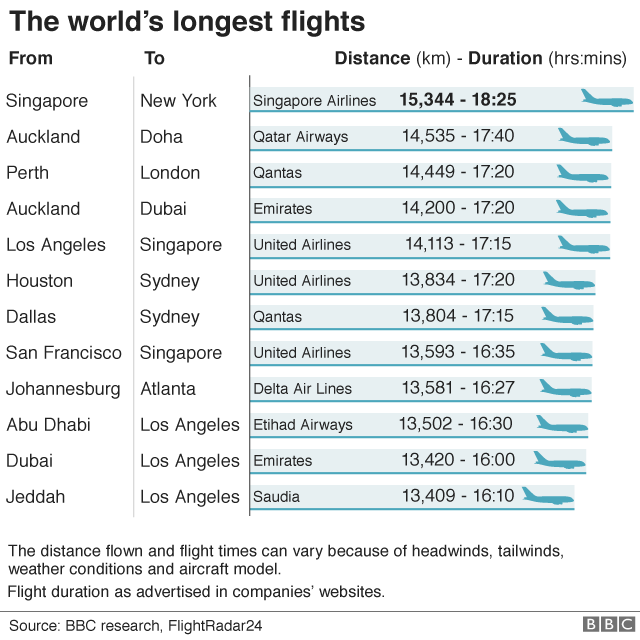

Below is a chart from our recent Pandemic Shipping Report depicting average transit times based on data. Average Transit Times 2021įreight shipping transit time has become increasingly delayed in 2021. Whether you select air or ocean freight usually comes down to balancing cost and transit time. Once you have collected the key freight documents you need from your supplier and calculated your chargeable weight, use this calculator to help you select a freight mode. When would you use this transit time calculator?

#ESTIMATED FLIGHT DURATIONS CODE#
Use our Seaport Code Finder to find Locodes, port Names, and seaport codes for international seaports. For example, shipping time for an ocean shipment from Shenzhen, China, to Miami, Florida through the Suez Canal takes 41 days while the (more expensive) Panama Canal takes only 35 days. When it comes to transit time between ports, there are about 107,000 different UN Codes for Trade and Transport Locations ( UN/LOCODE) for different shipping destinations. Why is there such a wide range in shipment duration when shipping by sea? Because there are a lot of ways to ship. Port To Port Shipping Transit Time & Sea Freight Transit Times Estimated time of arrival (ETA) is the date and time that a shipment is predicted to arrive at a specified destination. In very rough estimates: express can take as little as 1-3 days, air freight is typically 5-10 days, and sea shipping can range anywhere from 20-45 days or more. How long does freight shipping take?įreight shipping transit time is impacted by factors including distance, shipping mode, route, and season. Perhaps surprisingly, there are circumstances in which mean mechanical power consumption can be lower for an intermittent flight pattern than for steady level flight (Rayner, 1985 see below for summary of models). This international freight shipping transit time calculator helps by giving estimated shipping time for blended inland trucking, air, and ocean freight, to give a comprehensive freight shipping time estimate. International freight can be complicated, especially when you need to choose between different shipping modes.
#ESTIMATED FLIGHT DURATIONS ZIP#
Simply enter the address, city, zip code, or country of the origin and destination, as well as the load type, to see the general transit time ranges and estimated delivery.Ībout the International Shipping Time Calculator Instantly estimate FCL, LCL, air, sea, and trucking freight shipping transit times. This shipping time calculator provides estimated shipping times for multi-modal global shipping along selected lanes. The amount of time needed to move goods from one point to another varies widely, so it’s important to get this information before booking a shipment. Our studies reveal a richer picture of the function of learning flights than previously appreciated, and provide evidence of their role in the adaptive modification of information gathering in response to ecological changes.Transit time is how long it takes for a shipment to be delivered to its final destination after being picked up from a designated pick up point. These results suggest that longer learning flights have a greater influence on search than do shorter flights, but bees use the information obtained during the learning flights differently depending on the circumstances prompting the learning flights in the first place. Longer reorientation flights performed in response to changes in the distribution and profitability of food within a familiar area decreased the likelihood that a bee would return to the departure point. After performing reorientation flights in response to uncertainty at a familiar location, bees continued to rely on previously learned information, but longer reorientation flights increased the likelihood that bees would use updated information acquired via reorientation flights. We found that longer learning flights performed at a new location increased the probability and accuracy of a bee's return to the departure point. Here, we examined whether longer learning flights allow bees to return to a goal with greater spatial accuracy. Previously, we showed that durations of learning flights are modulated in response to spatial uncertainty and profitability of a food source. Honeybees and other insects departing from a newly discovered food source perform ‘learning flights’, which provide them with visual information that will guide their return.


 0 kommentar(er)
0 kommentar(er)
